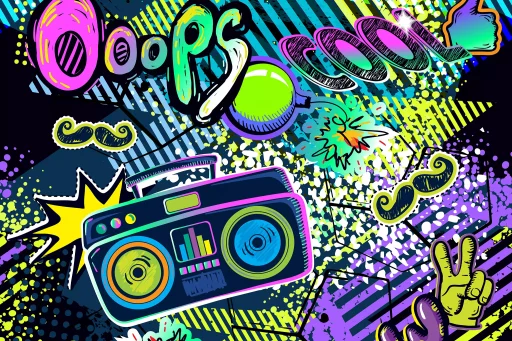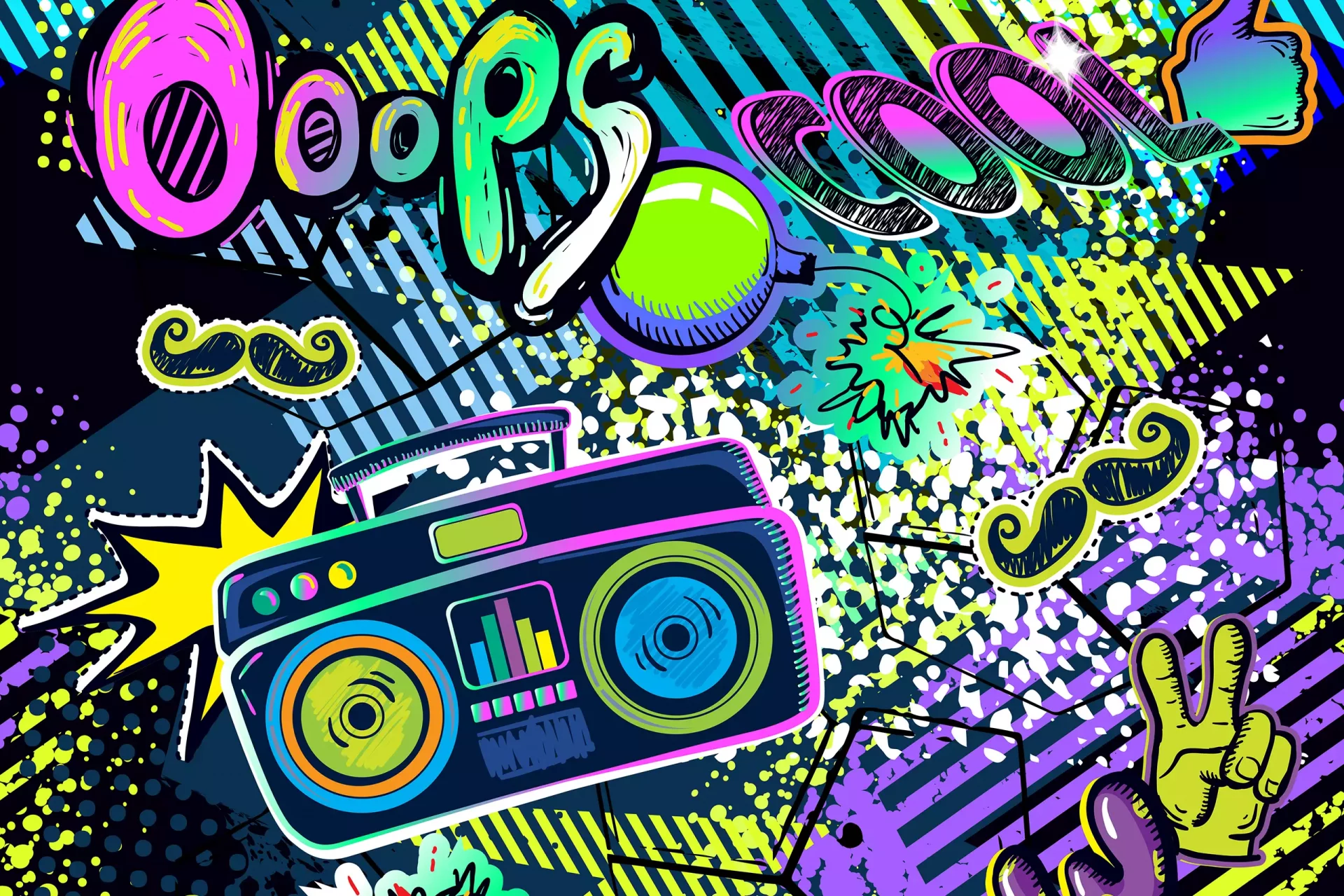Introduction to ‘Shawty’
In contemporary slang, few terms carry the charm and versatility of ‘shawty.’ Originating from African American Vernacular English (AAVE), this word has transcended regional boundaries to become a staple in urban culture. But what does ‘shawty’ really mean, and how is it used in various contexts?
The Meaning of ‘Shawty’
‘Shawty’ is generally used as a term of endearment to refer to someone attractive or as a casual way of calling someone. It can apply to both genders, although it is more commonly used to address females. The term conveys familiarity and sometimes affection, making it popular in music, particularly in hip-hop and R&B.
Historical Context
The term ‘shawty’ gained widespread popularity in the early 2000s, primarily through music and celebrity culture. While its roots can be traced back to the early hip-hop scene of the 1990s, it exploded into mainstream consciousness with tracks like:
- “Shorty” by Remy Ma
- “Shawty” by Plies
- “Shawty Get Loose” by Lil Mama
These tracks showcased the word’s versatility, as it was used in various contexts—from flirtation to playful banter.
Usage in Everyday Language
Understanding the context in which ‘shawty’ is used is vital. This term can convey different meanings based on tone, setting, and relationship. Here are some common examples:
- Endearment: “Hey, shawty, how you doing?” – A casual greeting to express interest.
- Flirtation: “That shawty over there is looking good.” – A compliment directed at an attractive individual.
- Friendship: “What’s up, shawty?” – A friendly acknowledgment among peers.
As shown, ‘shawty’ can be versatile but should be used respectfully, considering the recipient’s personality and comfort level.
Case Studies: Shawty in Pop Culture
To further understand ‘shawty,’ let’s look at its impact through popular culture examples:
- Drake’s Lyrics: Drake often employs ‘shawty’ in his music, painting vivid pictures of romance and attraction. His use of the word has contributed to its continued popularity among younger audiences.
- Television Shows: Programs like Empire frequently incorporate ‘shawty’ to reflect urban life, showcasing its relevance in contemporary dialogue.
- Social Media Trends: On platforms like TikTok and Instagram, users often employ ‘shawty’ in comments and captions, further embedding the word in daily vernacular.
These case studies highlight how ‘shawty’ can evolve and adapt to different mediums while retaining its core appeal.
Statistical Insights on Language Use
To quantify the popularity of ‘shawty,’ a recent survey conducted by the Language Institute found:
- Over 65% of 18-24-year-olds reported using the term in their everyday conversations.
- Nearly 75% of respondents engaged with pop culture references that featured ‘shawty.’
- Usage among men was 15% higher than among women, highlighting a unique dynamic in how the term is perceived.
These statistics suggest that ‘shawty’ is not just a passing fad but a significant part of modern vernacular.
Conclusion: The Future of ‘Shawty’
As language continues to evolve, so will terms like ‘shawty.’ Its journey from local slang to an internationally recognized term speaks volumes about the interplay of culture and communication. While many may use it casually, understanding its nuances can enhance interpersonal interactions, making communication not just effective but also more relatable.
‘Shawty’ encapsulates an attitude, a vibe, and an experience—elements that will ensure its relevance for years to come.


